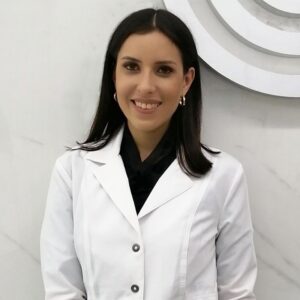What does it mean if you have an autosomal dominant gene mutation?
Autosomal dominant gene mutation - how does it work?
Autosomal dominant inheritance is a way a genetic disease or trait can be passed down from parent to offspring. Only one copy of a mutated gene from one parent is enough to cause the genetic condition. This means a parent with the mutated gene has a 50% chance to pass that gene to their offspring.

Autosomal inheritance of a genes means that the gene is located on one of the autosomes and this means that males and females are equally likely to inherit the gene dominant means that a single copy of the gene gives a particular trait, for example, such as brown eyes instead of green eyes when a parent has a dominant gene, there is 50 chance that any child they have will also have the trait.

If you’ve got an autosomal dominant mutation, it means that 50% of your offspring will, on average, be affected. You’ve got a 50/50 chance of passing the bad chromosome or the good chromosome. You’re much more likely to see that that has run in the family. As I said before, if it’s male infertility, you would have to go down the female line and vice versa.

Autosomal dominant describes the way some genetic changes are or can be inherited. Autosomal means the change is in an autosome chromosomes 1-22 or to a non-sex chromosome dominant means that the features or symptoms can be observed when a single copy of its chromosomes or gene is affected. You need only one mutated gene to be affected by this type of disorder. A person with an autosomal dominant disorder, let’s say the father, has a 50% chance of having an affected child with one mutated, gene dominant team and a 50% chance of having an unaffected child with two normal gene recessivity. Achondroplasia and Huntington disease are examples of autosomal dominant disorder.
Related questions
What is the PGT-A strategy for patients with implantation failure?

What are gene mutations and how can they affect my fertility?





